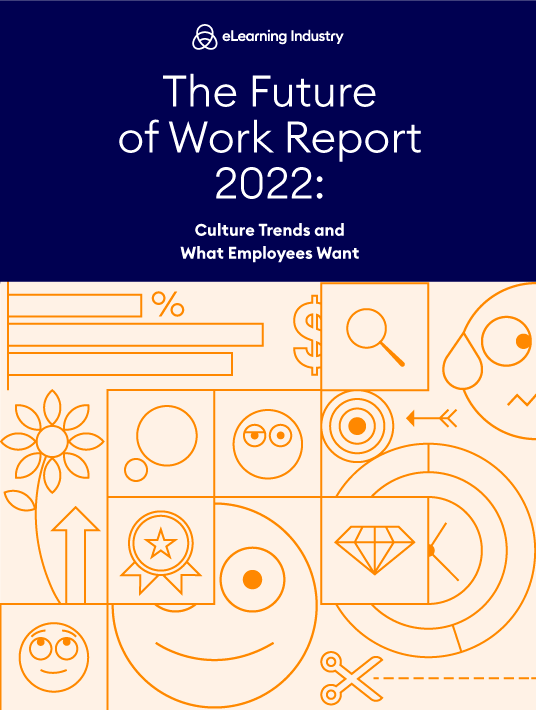3 Ways To Reskill Your Workforce
Successful learning programs are marked by the adaptability of their learners. In order to continue to drive toward organizational goals in the face of widescale change, learners must be able to adapt to the ever-changing realities of the workplace. The COVID-19 outbreak only further highlighted this point. As we prepare to move forward in the wake of COVID-19, reskilling will be increasingly critical.

What Is Reskilling?
Reskilling is the development of new skills. Often these new skills allow employees to take on a new role within an organization. Reskilling is difficult. It requires flexibility on the part of trainers and learners and careful planning from learning leaders.
COVID-19 has brought reskilling to the forefront of our minds but, to be clear, reskilling was important before 2020. New technologies and processes are and have been constantly forcing employees to develop new skills to handle changing roles.
Artificial Intelligence and new automation techniques, for example, have been disrupters as of late. The World Economic Forum’s 2018 Future of Jobs Report predicted 75 million jobs would be displaced by emerging technologies by 2022. That same report also predicted that 133 million new roles would be created by those very same technologies.
In the face of these changes and the new challenges raised by COVID-19 (things like telecommuting, new shopping patterns, etc.), learning leaders have been challenged to determine how to adapt to a new and changing world. Here are 3 ways you can work toward effectively reskilling your workforce.
1. Evaluate And Strategize
The creation of any robust learning strategy starts with an honest assessment of the current state of affairs.
- What is your current learning strategy and what are the goals you have laid out for your organization?
- Have you been hitting these goals?
- Do you have any existing skills gaps?
After you have accurately assessed your current state of learning, you need to determine whether these goals are still relevant.
- Are different behaviors or skills required for your people to perform their jobs effectively?
- Which skills will drive your business forward?
- Has your sales team transitioned from in-person sales to virtual sales?
- Has your store staff had to switch from in-store shopping to home delivery?
These types of shifts require new skillsets, which necessitate a change in learning strategy.
2. Get Started And Be Agile
Once you have established a new learning strategy, it’s time to get started. Be bold and act quickly. Reskilling is a process. Implement, test, and then refine based on what you’ve learned. In doing so, you’ll quickly identify truly important skills necessary for the growth of your business.
However, the end of a crisis ought not to bring about the end of your reskilling program. The work you do now must inform your organization as it is faced with new challenges in the future. Your reskilling work will not only close current critical talent gaps but will better prepare you to master future disruptions as well.
3. Protect Learning Budgets
Often during crises, learning budgets are one of the first things cut. For example, after the 2008 economic recession, many of us experienced learning budgets slashed or whole learning departments shut down. However, during subsequent years, investment in learning surged.
What we have learned is that organizations that cut their budgets in response to crises only postpone their eventual investment in learning—there is no net savings, only lost ground. With regard to efficiency, efficacy, and resilience, organizations are much better off pressing on with their learning programs in the face of such crises. This is not the time to cut learning budgets, rather this is the time to lean into investment in your people.
Moving Forward
New market disruptions and crises constantly force us to reevaluate our learning programs and the skills they teach. COVID-19 has certainly upended the way our workforce will look in the future. For those seeking to drive their organization forward during this time and in the future, reskilling is critical. We must set sound strategies, constantly test our learning programs, and maintain our investment in these programs if we want to find success. We’re living in a post-pandemic world, but disruptions and crises are bound to come. Are you ready?

